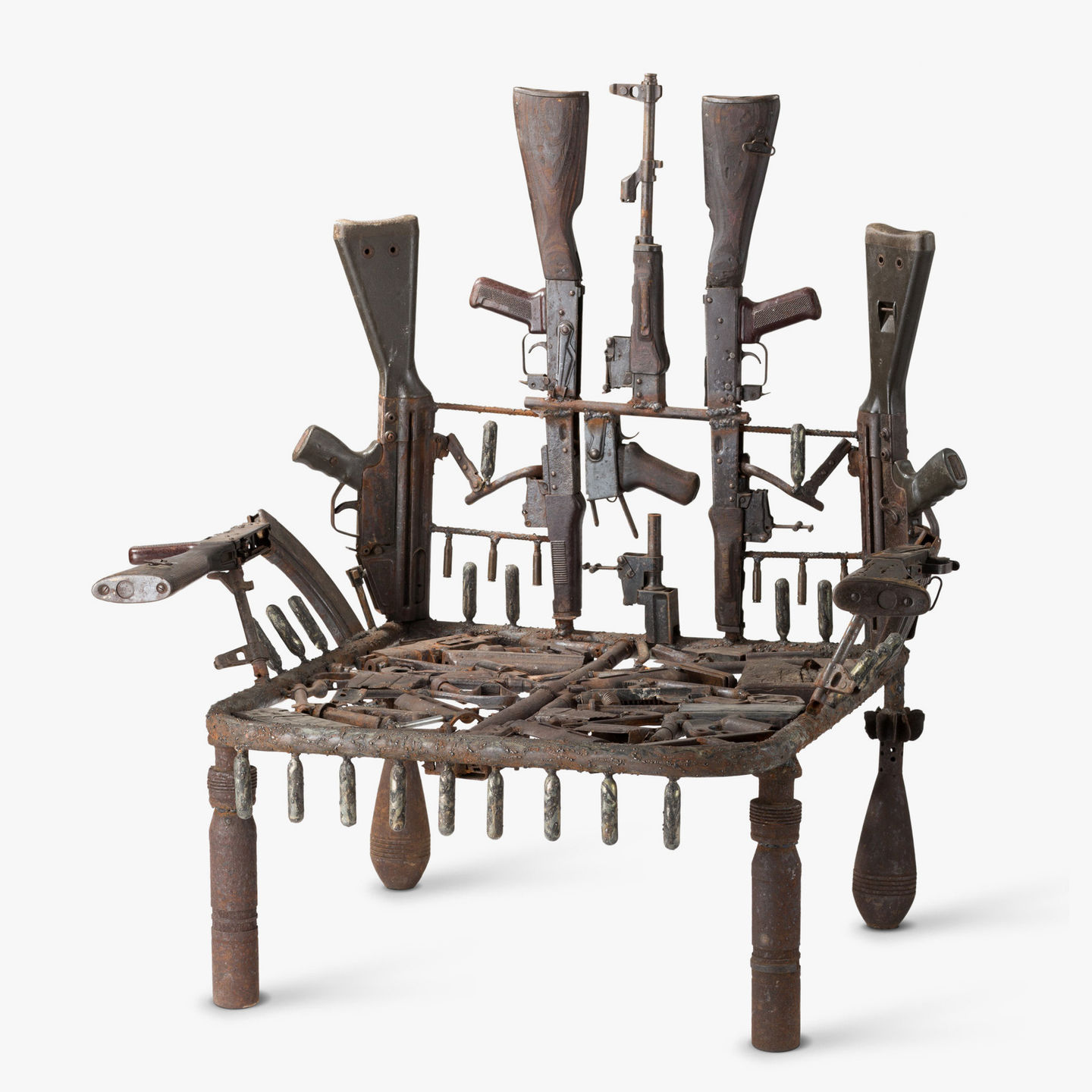Seats of Power
Three Questions for Curator Heng Zhi

New York, 2008
The Vitra Design Museum exhibition ‘Seats of Power’ in the Vitra Schaudepot shows how expressions of political, social and economic power are manifested in our seating objects. Curator Heng Zhi responded to three questions about the exhibition.
How is a chair an important communicator of power in the modern world?
"In a world where we increasingly communicate through images on different media channels, I think the presentation and staging of our visual identity is gaining more and more importance in both the political and private realms. In that sense, chairs, together with clothes, art works and other objects, are being integrated by politicians and power holders into a total image that communicates their managing style: does he/she advocate for traditional or progressive values, for more authority or more equality? In a digitalised world, a much wider audience can find the answers to these questions – or at least gain an impression – through the choice of chairs and interiors in images disseminated by the media."

Throughout history, what recurring motifs have been used by leaders and authority figures to demonstrate power?
"A high backrest, a wide seat surface with armrests, as well as the use of heavy and expensive materials are all elements that reinforce the presence of the sitter. They are traditional symbols of power that still influence our perception today. In the exhibition, one example combining these motifs is the Papal throne for Pope John Paul II’s visit to Zagreb in 1994, which has a backrest over two metres high and exerts a very dominant visual presence.On the other hand, we can observe that the desire to express equality and a democratic approach motivates many modern Western politicians to choose lighter chairs with a more modest design. The East River Chair by contemporary Dutch designer Hella Jongerius, for example, used by Angela Merkel, Christine Lagarde and Ivanka Trump during a panel discussion at the Women20 Summit in Berlin in 2017, is almost the opposite of the Papal throne: it is designed with an extra low backrest and armrests, has a colourful combination of materials – and was originally equipped with wheels. All these design elements convey a sense of flexibility and plurality and seem to encourage movement and change in politics."

Do seats of power share any other common design characteristics?
"Some other pieces on display, such as Arne Jacobsen’s Egg Chair or Joe Colombo’s Elda Chair, are characterised by the exclusiveness they offer due to the round shape of their backrests. The shells shelter the seated person from their surroundings, and by arranging several chairs in a circle, they form a ‘space within a space’ and give the sitters a certain kind of privilege – that of being included. Both of these chairs make reference to traditional wing chairs, which were originally designed for relaxing next to the fireplace.However, the aspect of comfort did not start to matter in designing ‘seats of power’ until early modern times. In fact, chairs throughout Antiquity and the Middle Ages were seldom designed to be comfortable, but served above all as symbols of dominion and authority. That’s why many of these early thrones and chairs prescribed a rather stiff and uncomfortable seating posture. This only changed with the emergence of an affluent bourgeoisie in the 18th and 19th centuries, when rocking chairs and other leisure furnishings came into fashion, because they proved the owner’s ability to afford the pleasure of free time and relaxation."

Publication date: 18.1.2019
Images: 1. © Luca Zanier; 2, 3. Jürgen Hans, © Vitra Design Museum; 4. Charles Platiau, © Getty; 5. Bettina Matthiessen


